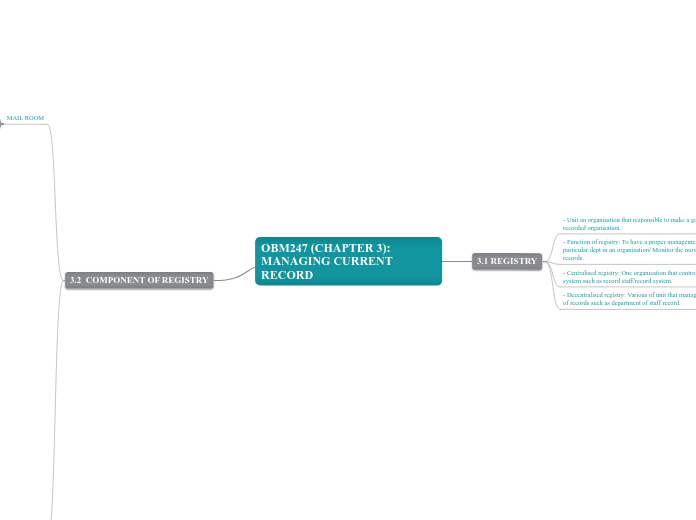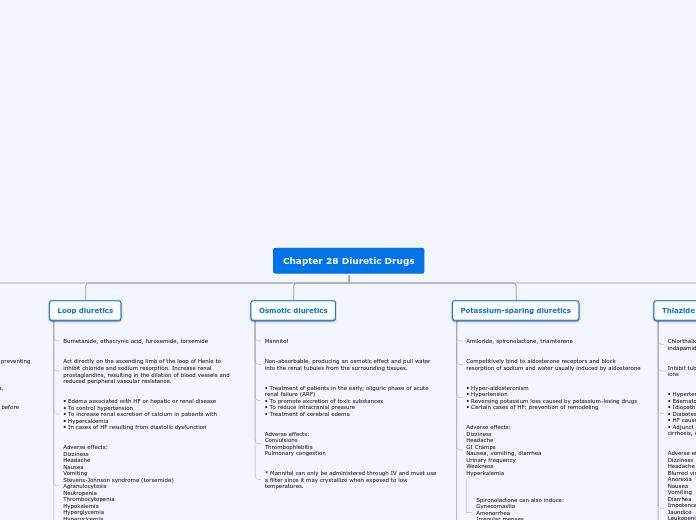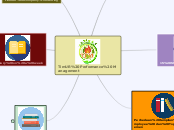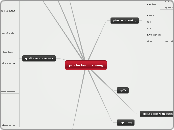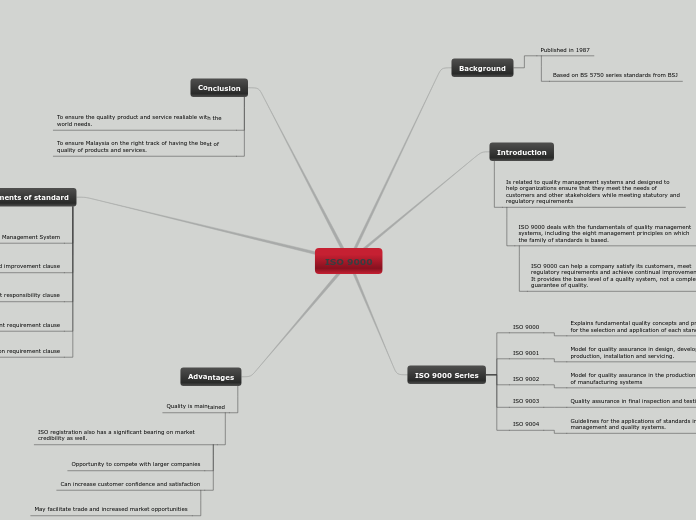OBM247 (CHAPTER 3): MANAGING CURRENT RECORD
3.2 COMPONENT OF REGISTRY
FILE ROOM
12) Filing process: Sorted into 2 group --> Process the filling paper --> Ensure the attachment of the covering --> Sorting the paper --> Classification order and prevailer it --> Filled the paper chronological order --> Numbered the paper to guarantee maintenance --> List the detail in blue or red on the minute sheet.
11) File containers: Kept the transfer of document files up to date/ Provide sufficient files guides/ Provide sufficient file guidance.
10) File operating pointers: Do each day to filling the files or paper/ Do not overload the files.
9) Closing files: Files should not be allowed to become tick or kept to long/ Should be formally documented.
8) Giving files titled: Titled should be clear or precise providing adequate details about the file.
7) File can be subdivided: Subfiles/ Part of files/ Continuation files.
6) Rules for new file: Each files should be documented/ Each files must related to single subject or transaction/ Each files must be recorded in documentation.
5) Opening new files: Must open a new files when a new subject aires within the administrative process.
4) Filling the records:
- Record not to be filled: Any form of rough record/ Internal documents.
- Record to be filled: Financial reports/ Inward correspondence
3) File format: File must kept in a folder that enclosure together in some order or another.
-File form must have: Cover to protect content/ security tag to divide type of files.
2) File room aspect: Should be kept clean/neat/orderly appearance.
1) File management/operation: To controlling the location of the issued files.
MAIL ROOM
15) Coding system:
- Coding system with subject filing: Alphabetic/ alphanumeric/ Duplex-numerix.
- Codes must be placed on: File cover label and records.
-File coding system consists of number and letter that used in designing and arranging subject heading for storage retrieval records and files.
14) Types of subject classification system:
-3 main systems: Alphabetical system/ function and activity system / administration structure system.
13) Benefit of a good subject file classification: Ab aid to service, research and documentation.
12) Subject classification: is a collection on a specific subject or sub-subject that placed in a single file cover container/ It will identify group, codify or standardised the files.
11) Register of out word correspondence:
- Information recorded in outward correspondence: Date of dispatch/ The main file references/ Number and nature of any enclosure.
- Should registry details of outward correspondence other internally generated documents.
10) Circulation of correspondence: Should be place directly on the right file/ Circulation may be done top down or bottom up.
9) Receipt of inward correspondence:
- Procedure: stamping with the date of receipt/ Opening or receipt by a designated officer/ Attaching other enclosures to the covering correspondence
8) Registration of inward correspondence: Register take the form of ledger/ A register (is a document of a volume in entry of data) / In-registers (Tradition systems of document that involve the entry into correspondence registry).
7) Subject classification system:
-Type of characteristic: Permit additions and deletions/ Effective/ Be installed with a view of economy.
- Categories of subject files: Administrative files and operating files.
6) Preparing outward correspondence: A record copy of it should be sent for filing/ Gain approval at appropriate level and draft of outward correspondence.
5) Document processing in the mail room: Type of document (correspondence letter)/others (email and telegram)/intermarry generated (reports).
4) Operating the mail room: Plaining (conduct survey to determine volume of mail)/ Organising (allocating of duties)/Coordinating ( arrange the activities in the room)/ Budgeting (budget forecast).
3) Space and layout : Refers to the physical arrangement of all main rooms including its facilities.
-Basic consideration for layout of mail room: Adequate security/convenience for service.
2) Mail room: A service that were build by the agency to handle the vital service in an organisation.
1) Mail management: Is the place to receiving/sorting/opening and routing form the collecting paperwork that came from the entire building.
3.1 REGISTRY
- Decentralised registry: Various of unit that managed many types of records such as department of staff record.
- Advantage: Saving in cost labour.
- Centralised registry: One organisation that control all of the system such as record staff/record system.
- Advantage: Control each other record design
- Function of registry: To have a proper management thru a particular dept in an organisation/ Monitor the movement of the records.
- Unit an organisation that responsible to make a good flow in recorded organisation.
